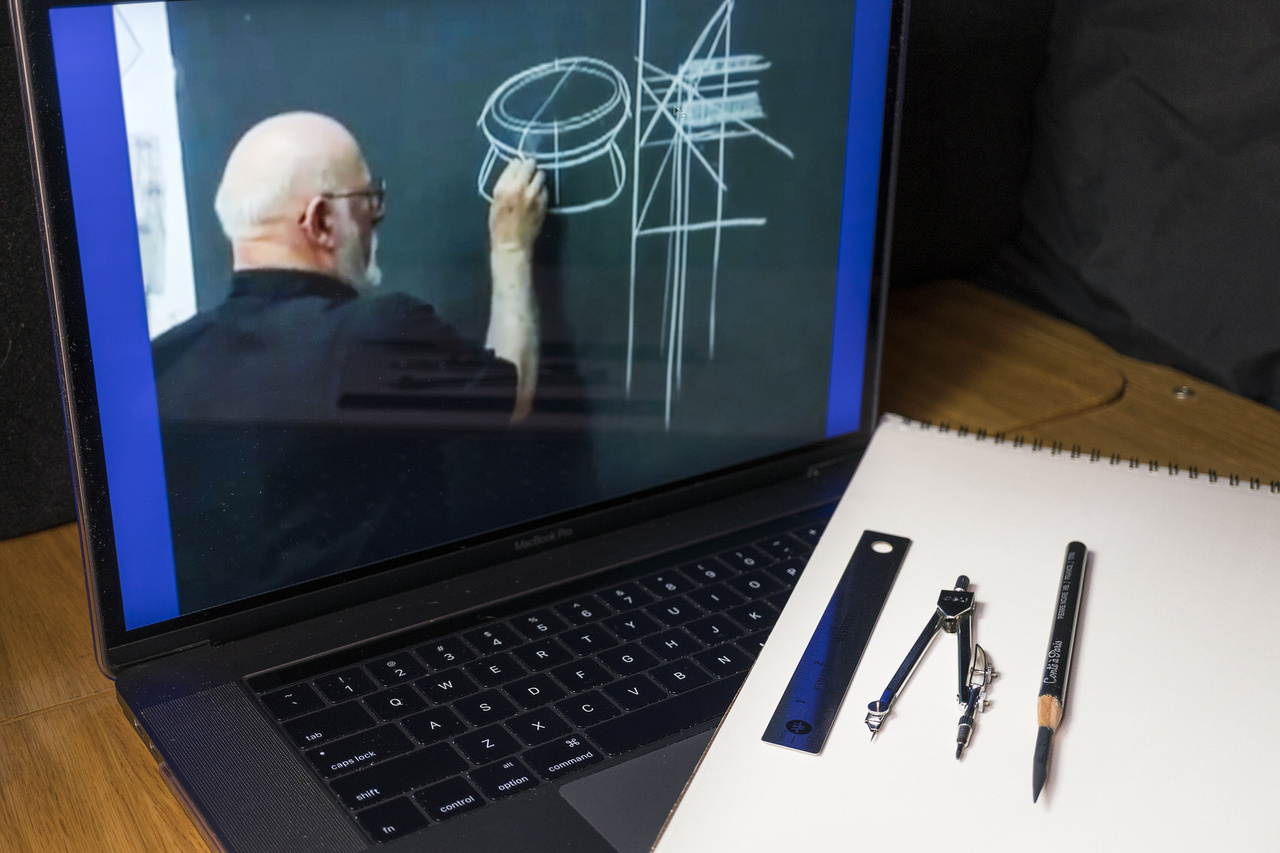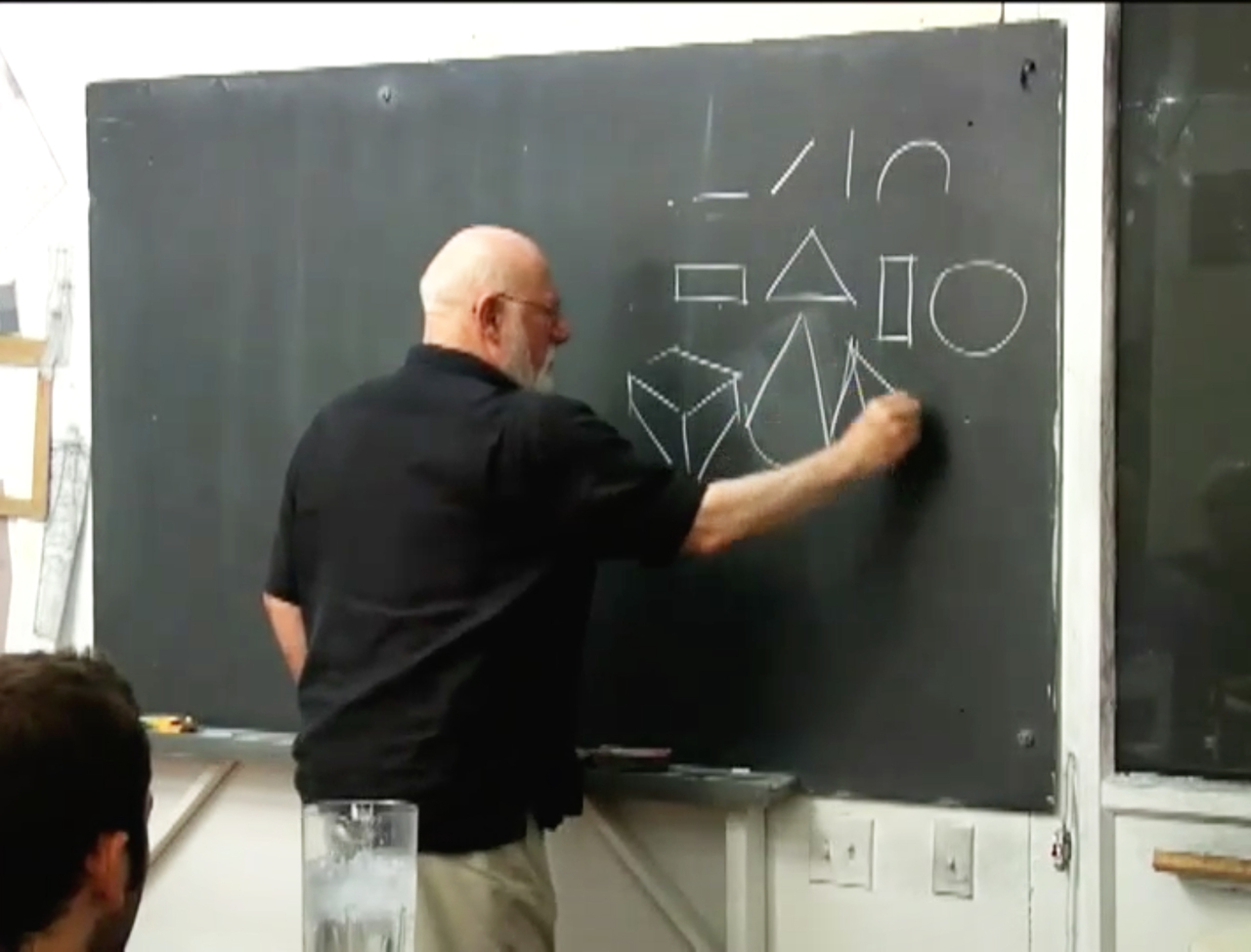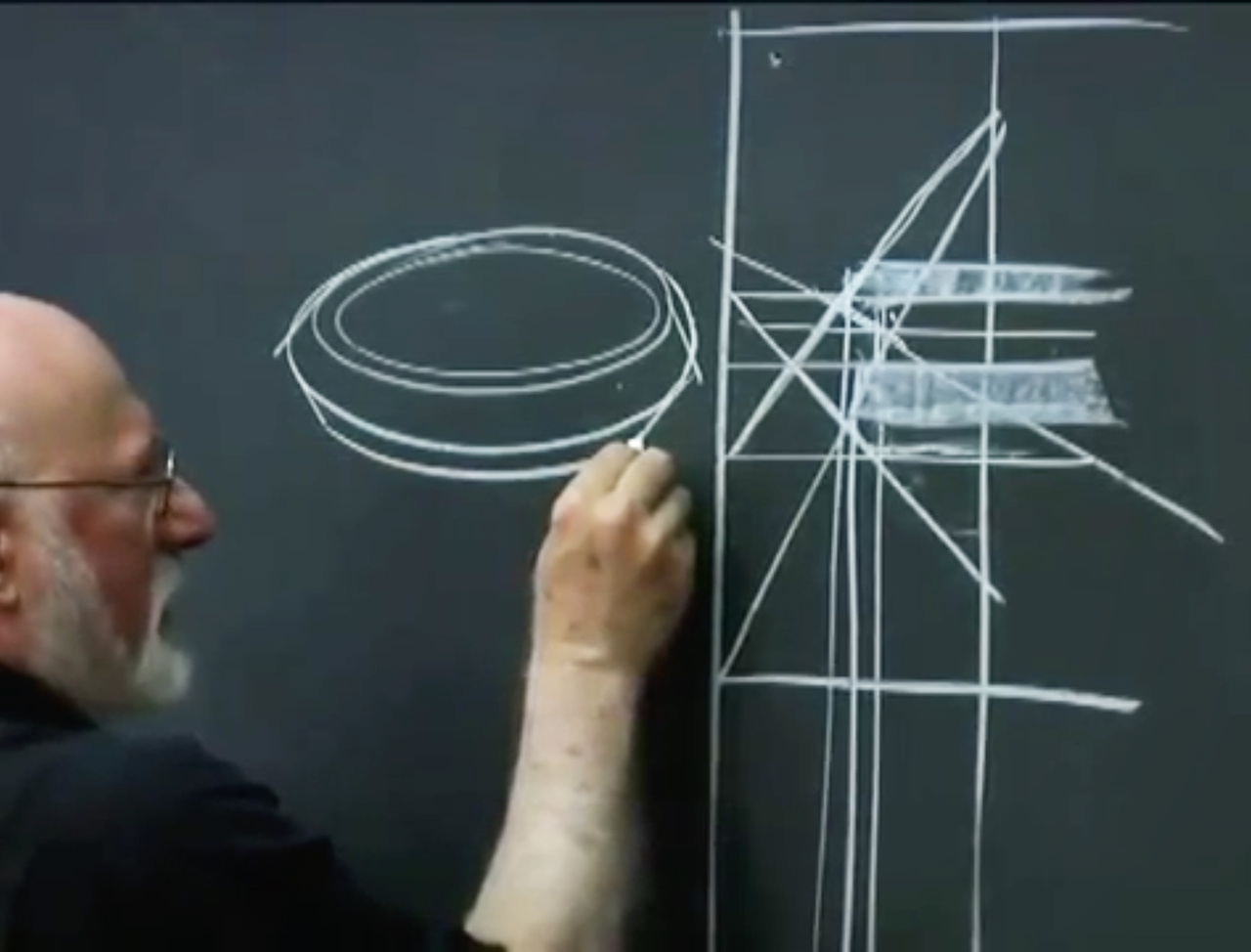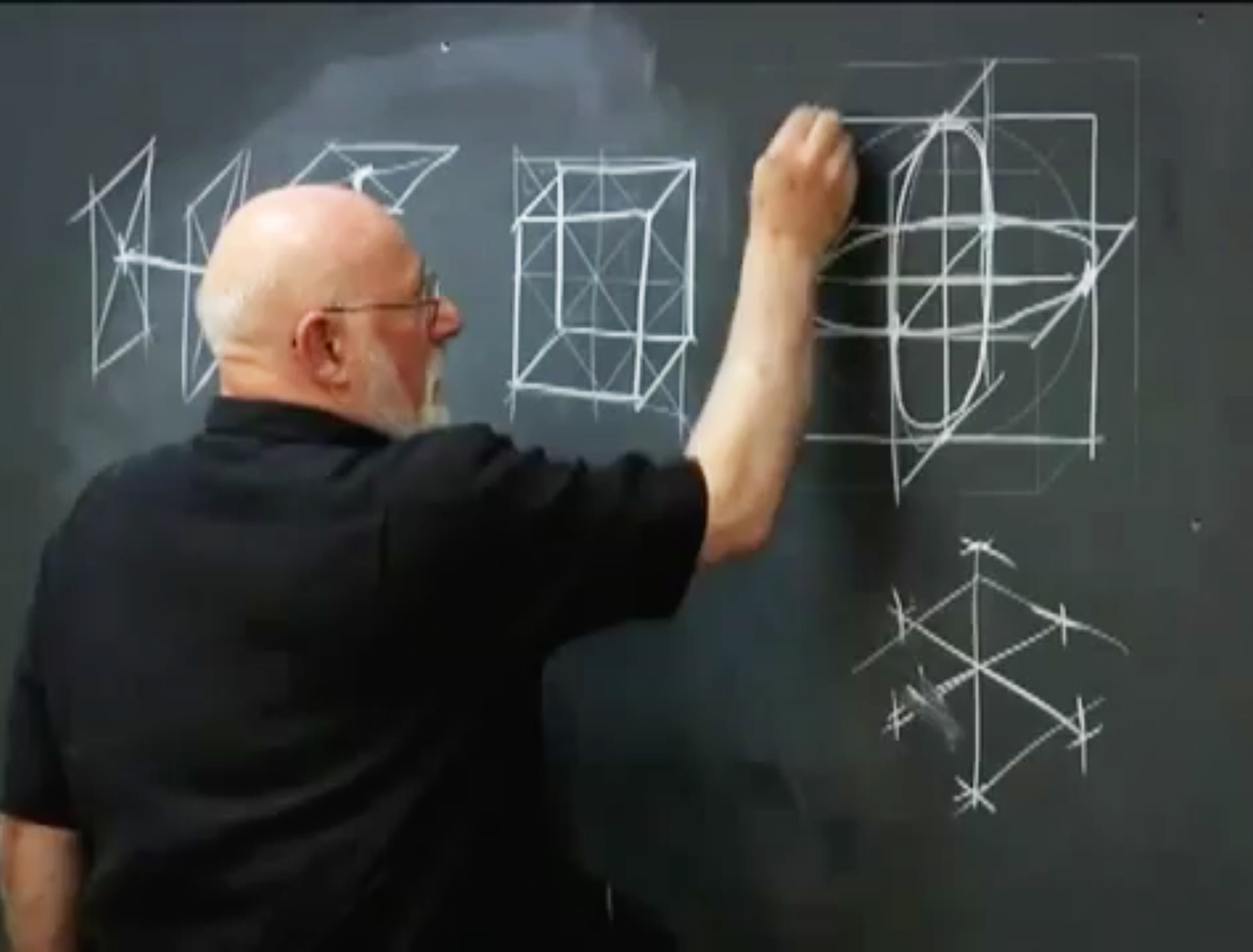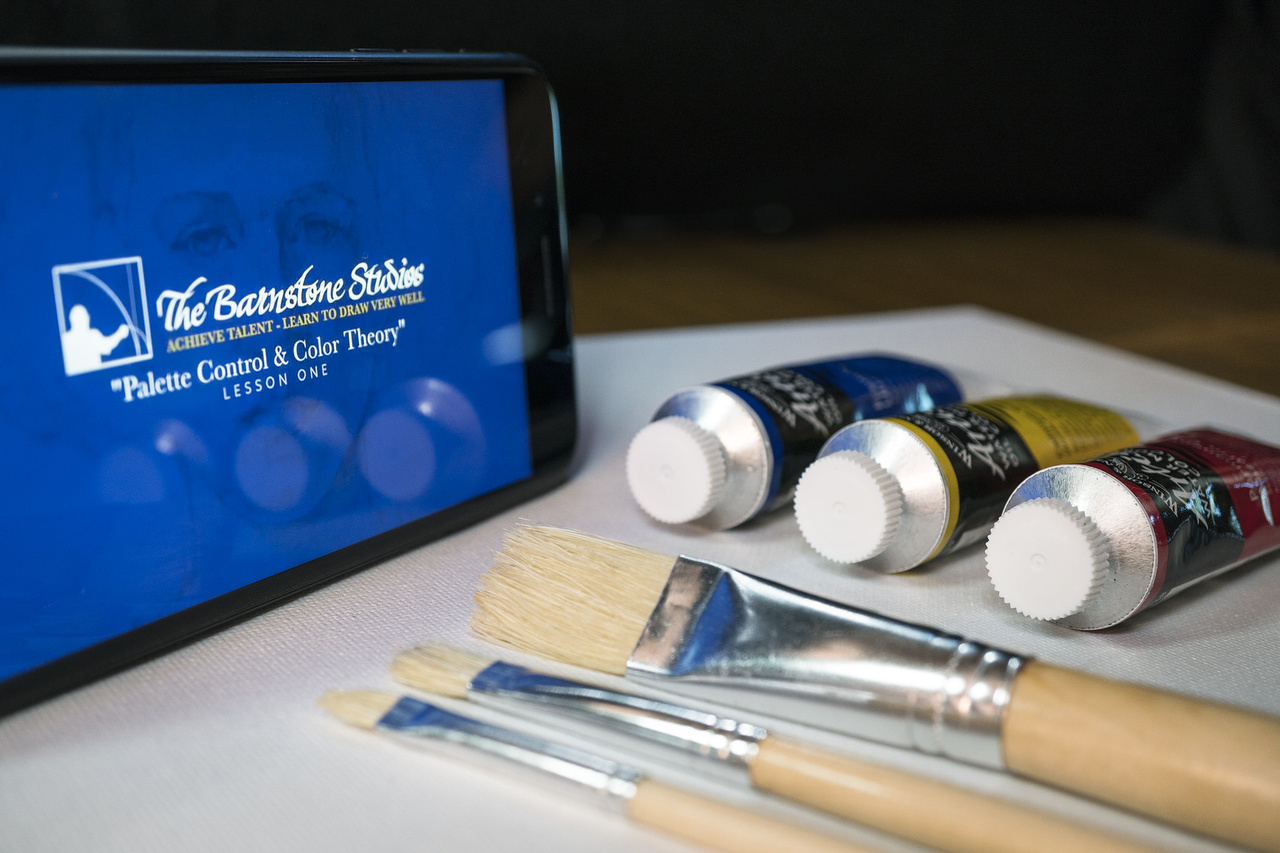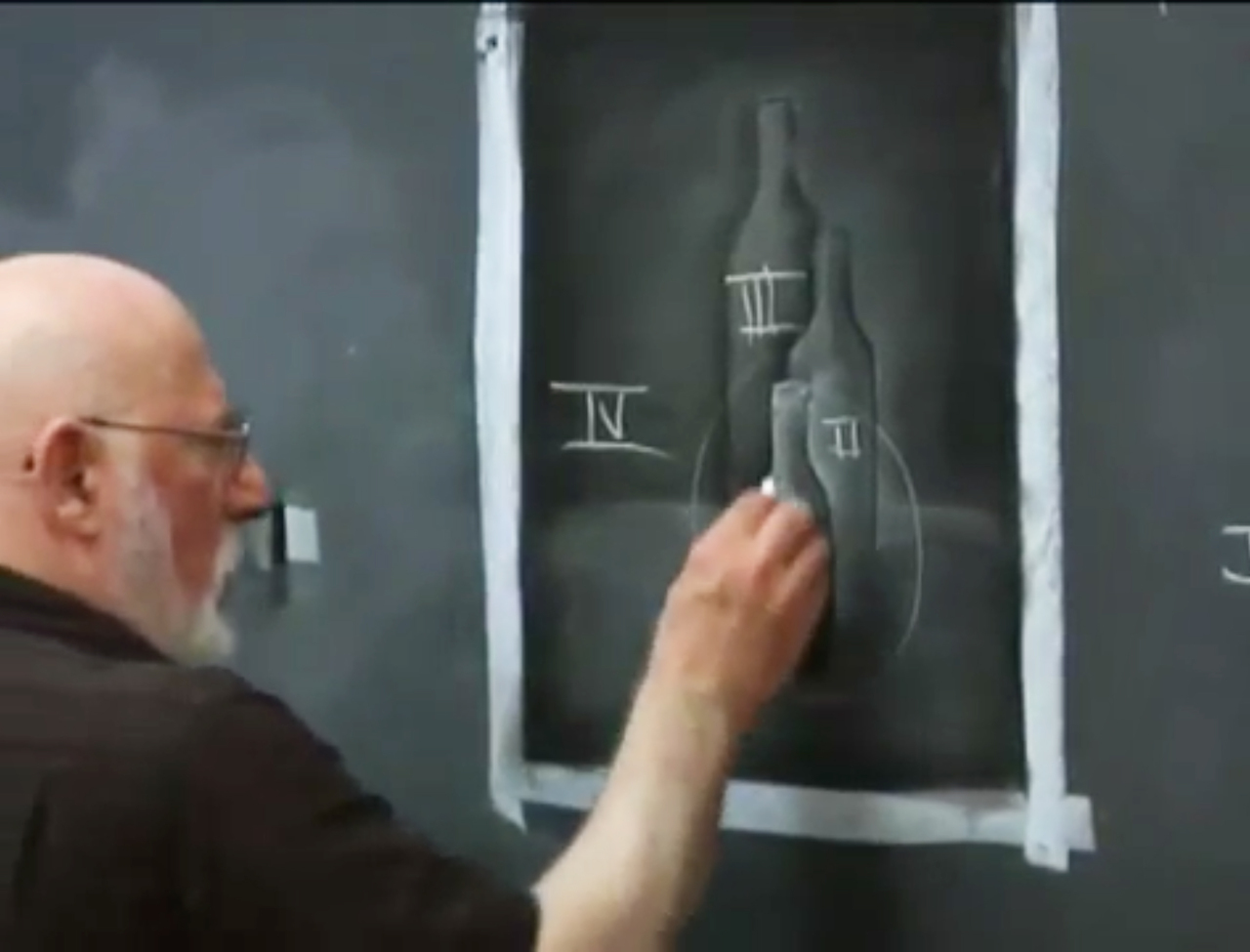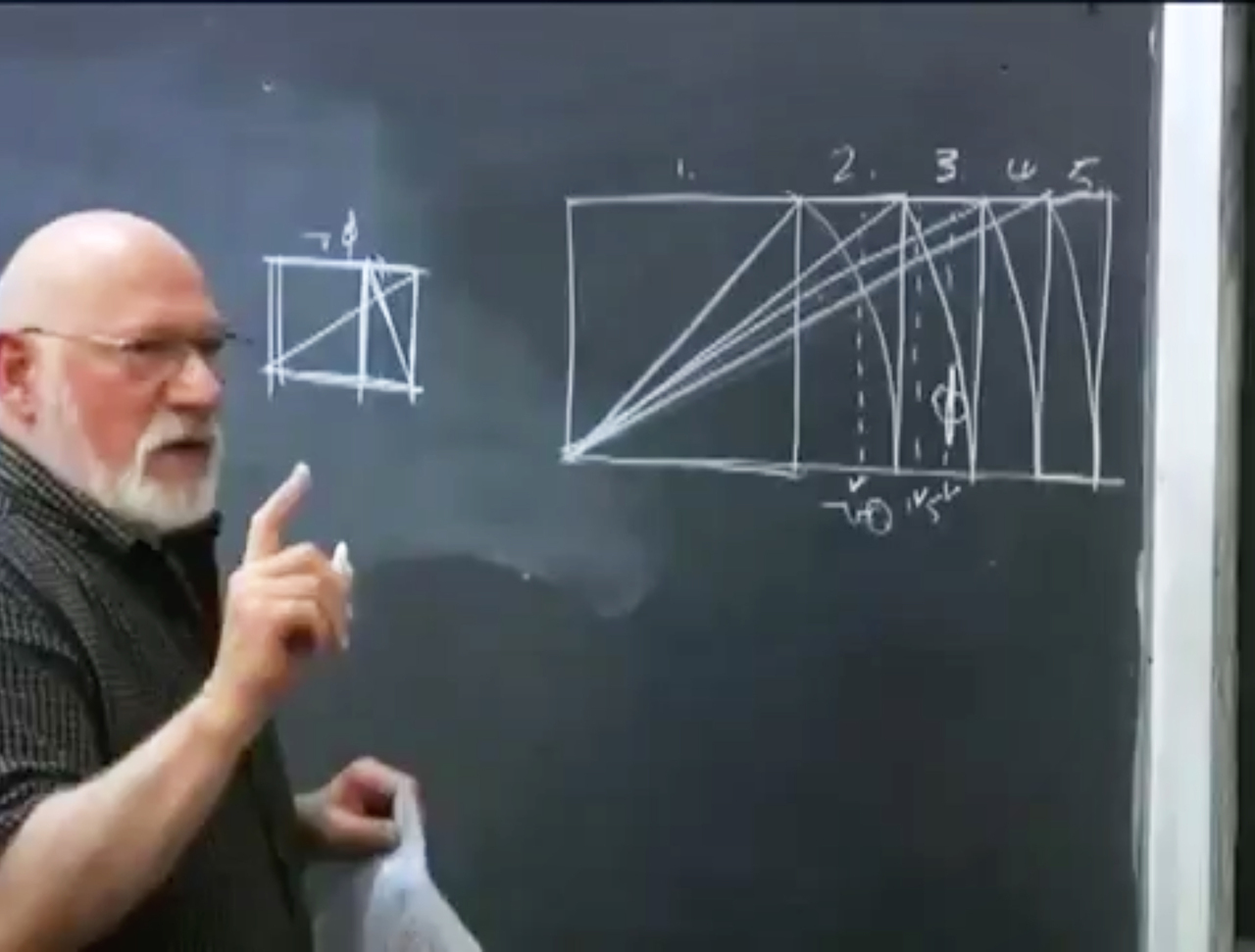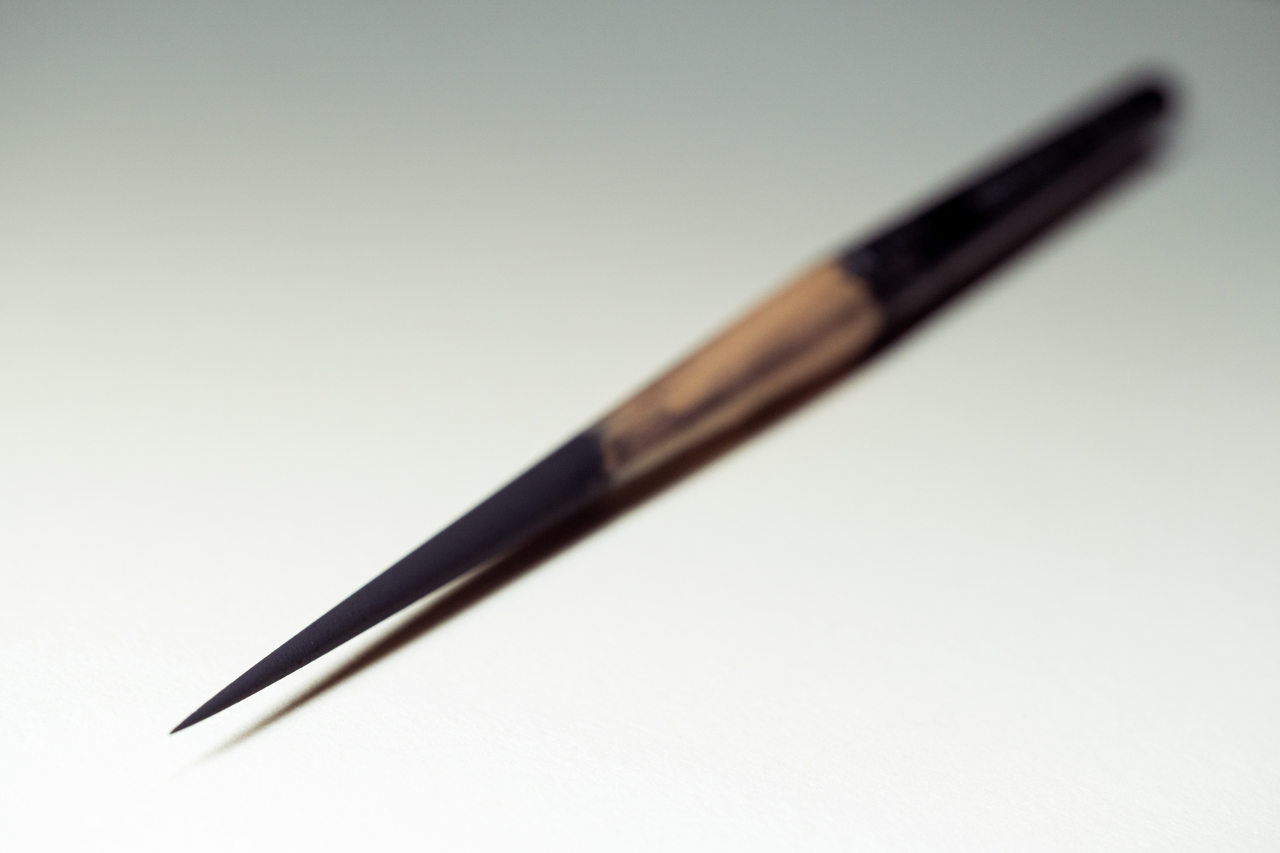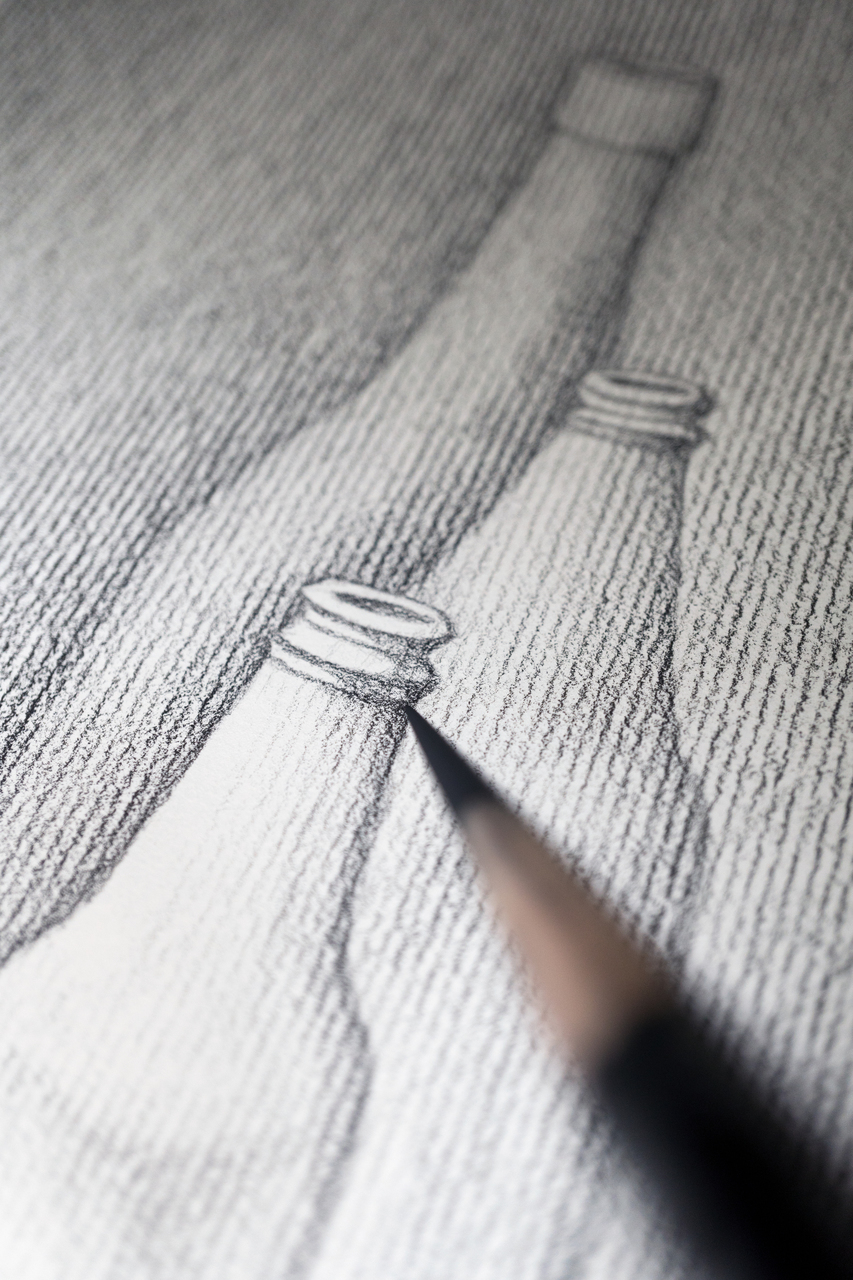Add Your Heading Text Here
Barnstone Studios Drawing Systems Class 1 Download
Introduction and Analysis of Bottle Design
Introduction to the basic principles and fundamental terms and ideas that are key to the Barnstone Method: observational measurement to assess proportions; construct a notional space; sight directions and coincidental relationships; apply triangulation; gesture drawing and analytical drawing procedures.
$49
Add Your Heading Text Here
Barnstone Studios Drawing Systems Class 2 Download
The Two Dimensional Bottle
Deconstruct complex forms into simple basic shapes; figure-to-ground relationships; rhythmic structures using linear parallels, radiating lines, enclosures, and arabesque; use of passage and vignette; aerial perspective; gazing direction; enclosures; vignette; negative spaces; gamut; how to identify visual errors.
$49
Add Your Heading Text Here
Barnstone Studios Drawing Systems Class 3 Download
The Sphere and the Cube
Conceive and describe the surface contours and cross-contours of a sphere; construct the circle template and divisions within the sphere; tessellation, cross-sections, and dimensional truncations; invent complex interior 3D geometries.
$49
Add Your Heading Text Here
Barnstone Studios Drawing Systems Class 4 Download
The Three Dimensional Bottle Projection
Build complex 3D forms from basic volumes; construct analytical 3D volumes for 2D shapes; create concentric ellipses of various diameters in a plane; compose volumetric objects in a pictorial field with an implied 3D space.
$49
Add Your Heading Text Here
Barnstone Studios Drawing Systems Class 5 Download
The Sphere in Value
Understand and apply highlight, light, shadow, shadow core, reflected light, cast shadow, light and dark halos; rendering techniques; relate the light direction to the 3D surface volume of a sphere; apply passage and vignette; emphasize versus flatten surface volumes using light and value.
$49
Add Your Heading Text Here
Barnstone Studios Drawing Systems Class 6 Download
The Bottles in Value
Apply directional lighting to the surfaces of 3D volumes; differentiate cast shadow and form shadow; apply aerial perspective, zoning, and pictorial emphasis; Rembrandt lighting; value rendering.
$49
Add Your Heading Text Here
Barnstone Studios Drawing Systems Class 7 Download
Lesson 7: The Golden Section and Root Rectangles
Distinguish and construct Golden Section and root rectangle geometry; the armature of a rectangle, diagonals, crossing lines; the gamut; composition; deconstruct geometry into proportional armatures; establish spatial hierarchies; compose imagery into the geometry of a rectangle.
$49
Add Your Heading Text Here
Barnstone Studios Drawing Systems Class 8 Download
The Plant
Plan and compose a complex design subject; design visual pathways and gamut; arrange relative positions and overlaps; foreshortening; organize 3D arabesques; apply rhythmic structures to create coincidences and harmonize diverse parts of a design.
$49
Add Your Heading Text Here
Barnstone Studios Drawing Systems Class 9 Download
The Portrait – Geometry of the Head
Recognize and apply proportional geometry to the canon of the face and head; how and why to break down curvilinear into straight line information; formalization and stylization; create expressive distortions by manipulating the proportional relationships of a face to a grid.
$49
Add Your Heading Text Here
Barnstone Studios Drawing Systems Class 10 Download
An Overview of the System of Dynamic Symmetry
Comprehend and construct the following: Rebated Squares and Saint Andrew’s Cross; Root 2 rectangle, √2 (1:1.414…) – Theme of 2 and 3; Root 3 Rectangle, √3 (1:1.732…); Root 4 Rectangle (double square), √4 (1:2); Root 5 Rectangle, √5 (1:2.236…); Golden Section Rectangle (Phi), ϕ (1:1.618…); 1.5 Rectangle (1:1.5); Root Phi Rectangle, √ϕ (1:1.272…); Apply a rectangle gauge to analyze/re-discover the geometric construction built into a master artwork.
$49
Add Your Heading Text Here
Drawing System Class 7 & 10 Download
Lessons 7 & 10 specifically focus on dynamic symmetry, the root rectangles, the Golden Section, and the armature of the rectangle for design. These two lectures lay the foundation for the artist who wants to unlock the methods of classical masters’ design.
$49
For more information, or to reserve your new Barnstone artwork, contact Barnstone Studios at (301) 788-6241
